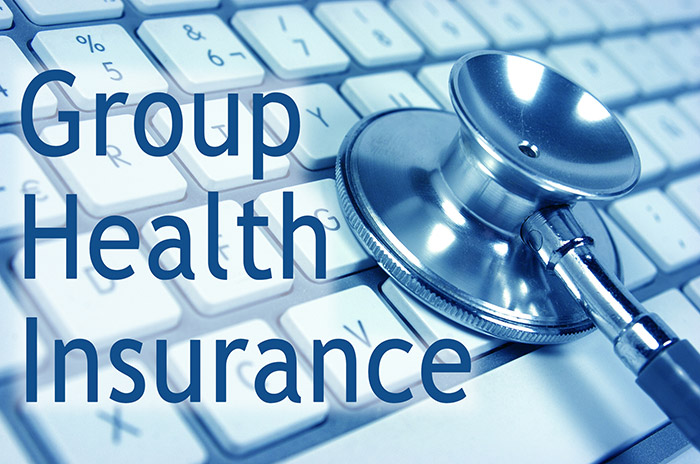The 10-Second Trick For Pacific Prime
The 10-Second Trick For Pacific Prime
Blog Article
Pacific Prime Things To Know Before You Buy
Table of ContentsThe Of Pacific PrimeThings about Pacific PrimeAll About Pacific PrimeThe Buzz on Pacific Prime
In many states, the insurance provider is needed to send you a copy of the changes to your policy. It is necessary that you read Endorsements or Bikers so you understand just how your plan has actually altered and if the policy is still adequate to meet your demands. To get a duplicate of your insurance plan, please call your insurance policy representative or company.
The Institute of Medicine (IOM) Board on the Repercussions of Uninsurance launches an extended evaluation of proof that addresses the value of health and wellness insurance coverage with the magazine of this report. Coverage Issues is the first in a collection of six reports that will certainly be issued over the next 2 years documenting the fact and effects of having an approximated 40 million people in the USA without medical insurance protection.

6 Simple Techniques For Pacific Prime
The objective of this series of research studies is to redouble plan attention on a longstanding problem. Complying with the lengthiest economic growth in American background, in 1999, an estimated one out of every six Americans32 million grownups under the age of 65 and more than 10 million childrenremains without insurance (Mills, 2000).

Ten percent of the population make up 70 percent of health treatment expenses, a correlation that has actually remained consistent over the past 3 years (Berk and Monheit, 2001) - group insurance plans. Therefore health insurance proceeds to serve the feature of spreading out threat even as it increasingly funds routine treatment. From the viewpoint of wellness treatment companies, insurance policy lugged by their people aids safeguard an earnings stream, and communities profit from monetarily sensible and secure wellness treatment experts and establishments
Federal government gives wellness insurance coverage to populations whom the personal market may not serve effectively, such as disabled and elderly individuals, and populaces whose accessibility to health and wellness care is socially valued, such as children and expectant females. The utmost ends of health and wellness insurance protection for the specific and neighborhoods, including workplace areas of workers and employers, are enhanced wellness results and quality of life.
Top Guidelines Of Pacific Prime
Staff members place medical insurance first by much in significance amongst all the benefits used in the workplace (Salisbury, 2001). There have been sizable investments of personal and public funds to provide health insurance policy, several people still have no protection. Despite considerable reporting of study findings and healthcare research results, the general public stays confused and misinformed regarding Americans without medical insurance and the implications of doing not have insurance coverage.

Without doubt, the complexity of American health and wellness treatment funding devices and the wealth of sources of information include in the general public's complication and hesitation regarding wellness insurance statistics and their interpretation. This report and those that will comply with objective to distill and provide in easily easy to understand terms the considerable research that bears upon questions of medical insurance coverage and its importance.
Fifty-seven percent of Americans polled in 1999 believed that those without health insurance are "able to get the care they require from doctors and medical facilities" (Blendon et al., 1999, p. 207). In 1993, when nationwide focus was concentrated on the troubles of the uninsured and on pending health and wellness care regulations, simply 43 percent of those surveyed held this belief (Blendon et al., 1999).

They additionally get fewer preventive solutions and are less likely to have normal look after persistent problems such as high blood pressure and diabetic issues. Chronic conditions can cause expensive and disabling complications if they are not well managed (Lurie et al., 1984; Lurie et al., 1986; Ayanian et al., 2000). why not find out more One national study asked even more than 3,400 adults about 15 very serious or morbid problems.
The 6-Second Trick For Pacific Prime
Added proof is provided later on in this phase in the conversation of insurance policy and access to wellness care. https://filesharingtalk.com/members/594499-pacificpr1me. People without medical insurance are young and healthy and choose to go without insurance coverage. Nearly fifty percent (43 percent) of those checked in 2000 thought that people without medical insurance are more probable to have illness than people with insurance
Voters and policy makers in emphasis team discussions define those without insurance as young people who have the opportunity to be covered and feel they do not need it (Concierge Novelli, 2001). Compared to those with at least some private coverage, the without insurance are much less most likely to report being in exceptional or really great wellness (Agency for Health Care Research Study and High Quality, 2001).
RESOURCE: Center for Price and Financing Studies, Company for Medical Care Study and Quality, based on MEPS data. Youthful grownups in between 19 and 34 are much more likely to lack health and wellness insurance policy than any other age. This is mainly due to the fact that they are much less frequently eligible for employment-based insurance coverage because of the nature of their task or their brief tenure in it.
The understanding that individuals without insurance policy have better-than-average health and wellness adheres to from perplexing the reasonably young age account of the without insurance with the better health, on average, of younger persons. This obscures the link in between health status and health and wellness insurance policy. For those without accessibility to workplace medical insurance, inadequate wellness is a possible barrier to purchasing nongroup protection since such coverage may be very valued, leave out preexisting conditions, or be merely unavailable.
Report this page